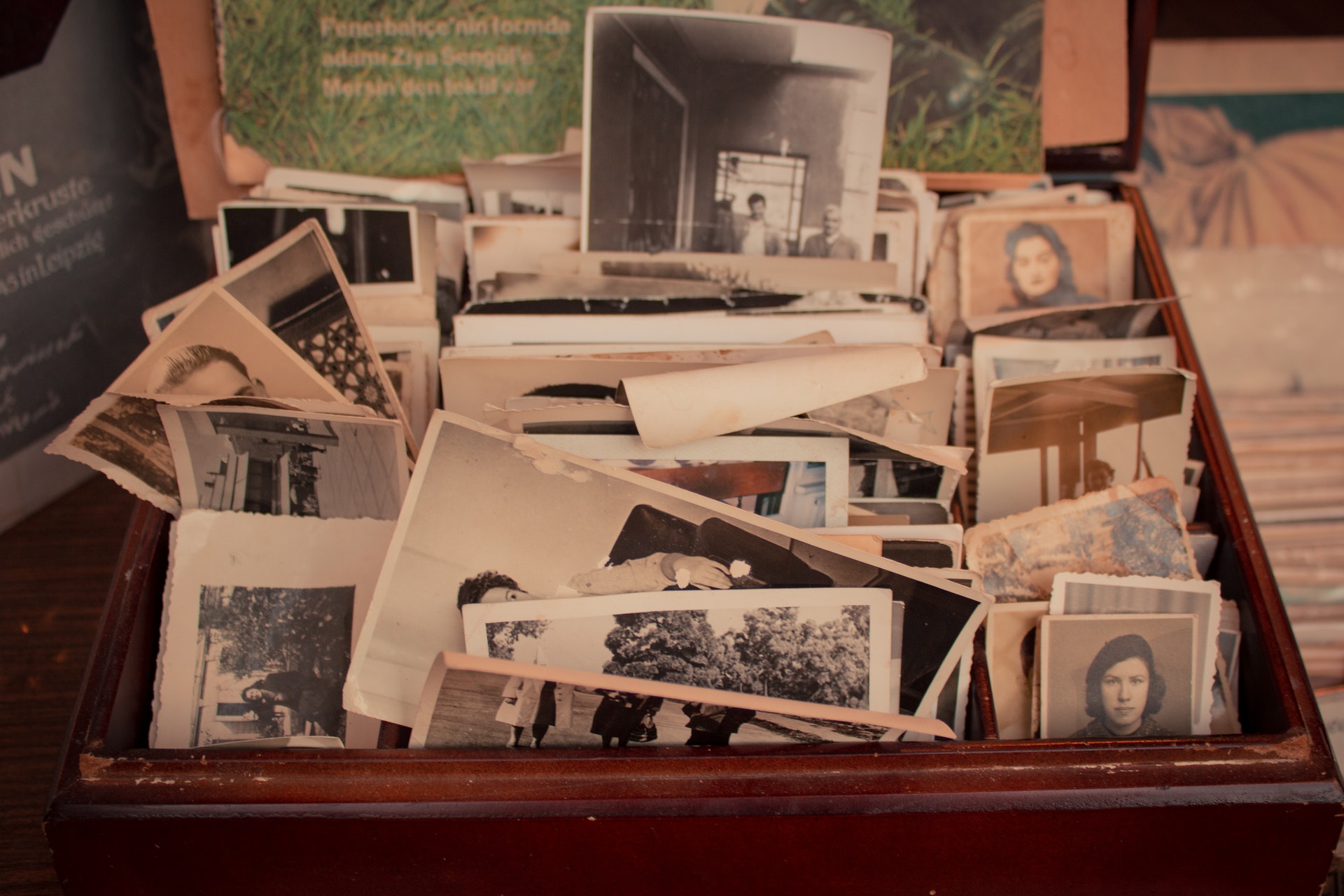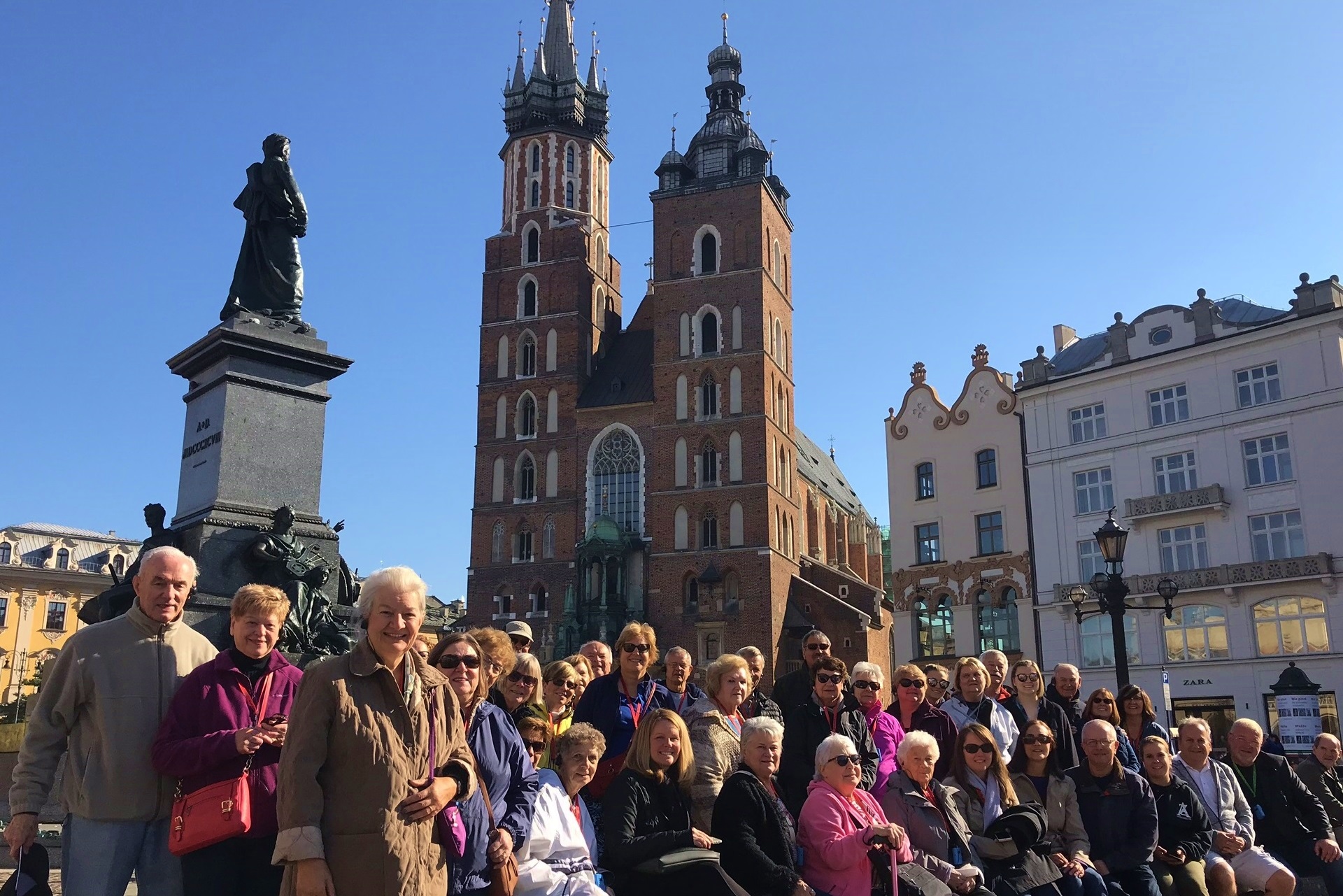Polish Death Records Online
On March 1st, 2015, Poland introduced a transformative change to its registry system. With the launch of a new electronic system, every birth, marriage, or death certificate created post this date became universally accessible across all registry offices in Poland. This was a significant departure from the earlier system where a certificate was only available at the specific office where it was issued. The initiative also encompassed the digitization of older documents, making them part of this accessible electronic system.
How to Obtain Historical Documents
For genealogists and those tracing their family history, a common question arises: How can one access very old documents, especially if they don’t reside in Poland or hold Polish citizenship? The answer is affirmative. The process to obtain, say, your grandparents’ marriage certificate is straightforward.
Registry offices in Poland retain vital records for specific durations: 100 years for births and 80 years for marriages and deaths. Post these durations, the documents are transferred to local national archives. If the document you seek falls within these timeframes, your point of contact should be the registry office.
GenealogyTour.com
Your family’s narrative is one-of-a-kind, and uncovering its complex layers demands the expertise of a seasoned specialist. When you’re on the hunt for a “Polish genealogy expert,” you’re not just looking for someone to sift through old documents. You’re in search of a skilled professional who knows exactly where to dig. Here’s what we offer:

Preliminary Research
Utilizing sophisticated genealogy databases and various resources to draft a preliminary outline.

Advanced Research
Delving deep to uncover every concealed detail about your forebears

On-Site Research
Direct probes into Poland’s historical locations.
Polish death records online
Navigating the Registry Office System
Identifying the correct registry office, known as ‘Urząd Stanu Cywilnego’ in Polish, is the first step. Major cities have their dedicated registry offices, and their contact details, including phone numbers and email addresses, are available on the official government website. For those tracing records from smaller villages that might not have had their own registry offices, the key is to identify the larger administrative unit or ‘gmina’ to which the village belonged. A comprehensive list of gminas is available online, which can guide you from the broader administrative divisions down to the specific municipality.
Reaching Out to the Registry Office
Once you’ve identified the correct registry office, the next step is to initiate contact, preferably via email, to verify if they possess the record you’re interested in. It’s advisable to draft this email in Polish for better efficiency, as not all clerks might be proficient in English. The email should provide all possible details to aid the search, such as the full name, maiden name (if applicable), date of birth, place of birth, and names of parents.
Obtaining the Document
Upon receiving confirmation that the desired document is available, you have two primary methods to obtain it: personally or through an authorized representative. The choice depends on your convenience and circumstances. If you’re not fluent in Polish and have a trusted contact in Poland, the latter option might be more feasible.
Personal Application
For those opting to apply personally, the process involves filling out a specific form, providing payment confirmation, and furnishing documents that establish your relationship with the person whose records you’re seeking. It’s essential to note that each registry office might have its unique form, available on their respective websites. The form will typically require details about the applicant, the person whose record is being sought, the type of document (birth, marriage, or death), and the reason for obtaining it.
Authorized Representation
If you’re considering obtaining the document through a representative in Poland, you’ll need to provide them with a formal authorization document, preferably in Polish. Some registry offices might require this document to be notarized. The representative will then follow the same procedure as personal application, including filling out the form and making the payment.
Final Thoughts
The process of obtaining historical documents from Polish registry offices is systematic and user-friendly. However, it’s crucial to approach it with patience, precision, and respect for the administrative procedures in place. Remember, behind every email or form is a real person, possibly managing numerous such requests. Being clear, courteous, and comprehensive in your communication can make the process smoother and more efficient.
By understanding the nuances of the Polish registry system and following the outlined steps, you can successfully access the vital records that form an integral part of your genealogical journey. Whether it’s discovering the details of a distant ancestor’s birth or tracing the matrimonial history of a lineage, these records hold the keys to many familial mysteries. With the right approach and a bit of persistence, the past can be brought to life, one document at a time.
Poland and Beyond
The excitement of unearthing your roots extends beyond mere names and dates. Picture yourself strolling down the same old-world streets your ancestors once walked, or standing in the church where they exchanged vows. Our ancestral tours are designed with you at the forefront:
Tailor-Made Tours

Experience the allure of Poland’s history alongside others tracing their ancestral roots.
Group Tours

Journey routes meticulously planned according to your family’s saga.
Polish death records online
The Significance of Polish Death Records in Genealogy
The Anatomy of a Death Record
A typical Polish death record, especially from the 19th century onwards, contains a wealth of information. Beyond the obvious details like the name of the deceased, date, and place of death, these records often include the age at death, marital status, names of parents or spouse, and sometimes even the cause of death. For genealogists, each piece of this information can be a clue, leading to another branch of the family tree or another piece of the ancestral puzzle.
Challenges in Accessing and Interpreting Records
While the digitization and online availability of records have made access easier, it’s not without its challenges. Older records, especially those from the 18th century and earlier, are often handwritten in script styles that can be hard to decipher. Additionally, they might be in languages other than Polish, such as Latin, Russian, or German, depending on the historical period and the region of Poland. Being aware of these potential hurdles and being prepared with some basic knowledge of these languages or scripts can be immensely helpful.
Read more
The Role of Context in Genealogical Research
Understanding the broader historical and cultural context is crucial when working with death records. For instance, certain regions of Poland saw significant mortality due to epidemics like cholera in the 19th century. If a researcher finds multiple deaths in a family around the same time, it could be linked to such an event. Similarly, understanding traditional Polish naming conventions, where children were often named after saints or based on the liturgical calendar, can provide insights into the family’s religious practices and beliefs.
Collaborative Genealogy: The Power of Community
One of the most heartening developments in the world of genealogy is the rise of collaborative platforms and communities. Researchers, both amateur and professional, from around the world, come together to share their findings, help decipher tricky records, or even translate documents. For those delving into Polish death records, these communities can be invaluable. Not only do they offer assistance with the practical aspects of research, but they also provide a sense of camaraderie and shared purpose.
Modern Relevance of Death Records
In today’s age, one might wonder about the relevance of these old documents. Beyond the obvious genealogical interest, they hold sociological significance. They shed light on patterns of disease, migration, family structures, and even societal hierarchies. For descendants of Polish emigrants, these records provide a tangible link to their ancestral homeland, helping them understand their roots and the lives of their forebears.
Conclusion: The Ever-Evolving Journey of Discovery
Genealogy is not just about tracing a family tree; it’s about understanding the stories, struggles, and triumphs of our ancestors. Polish death records, with their wealth of information, are a testament to the lives lived, the challenges faced, and the legacies left behind. As we delve deeper into these records, we don’t just discover our ancestors; we discover a part of ourselves. Each record is a piece of a jigsaw puzzle, and as they come together, they paint a picture of our past, informing our present and guiding our future.
